Everything must go: Seattle's 135-year-old Bartell Drugs fades away
Published in Business News
Last weekend, after years of financial turmoil and weeks of Total Inventory Blowouts, the last locations of Seattle's 135-year-old Bartell Drugs rang up their final sales.
Three stores — in Kirkland, Mill Creek and Gig Harbor, Washington — were all that remained after Rite Aid, which bought the 67-store chain in 2020, went bankrupt and liquidated the enterprise George H. Bartell founded in 1890.
“End of an era,” said Molly Lavinter, 48, as she stood Friday afternoon outside the Gig Harbor Bartell, its windows plastered with yellow banners. “I grew up with Bartell's. … This is like watching my childhood go away.”
The end of the Bartell's era came slowly at first, then all at once.
In July, just two months after Rite Aid filed its second bankruptcy, rival CVS said it would take over 20 of the remaining 34 Bartell stores, which it spent the summer methodically rebranding.
At the 14 Bartell stores CVS didn’t want the trajectory was starkly different.
The pharmacies were shuttered and prescription files sent to nearby CVS stores. The big red Bartell Drugs signs began coming down as liquidation companies arrived to sell off remaining inventory.
Although the three stores planned to stay open to the public through Saturday, all were well on their way to retail oblivion by Friday.
At the Mill Creek location, the Bartell Drugs sign still hung over the door but the cavernous space inside was nearly empty.
A few bargain hunters move grimly along the aisles. But most shelves had been stripped of the candy, wine and gifts that once made Bartell’s such a retail legend.
For years, Bartell was synonymous with local favorites like Auburn-based Tim’s Cascade-style Potato Chips, Theo Chocolate out of Seattle, Almond Roca from Brown & Haley of Tacoma, and Applets & Cotlets from Liberty Orchards in Chelan County.
“We tried to stay local and quirky,” recalled John Lewis, 56, Bartell’s former regional manager and food and beverage buyer, who stopped by the Mill Creek store Friday to visit a former co-worker.
For many Bartell employees and shoppers, the chain's demise seemed inevitable after the sale to Rite Aid five years ago.
Rite Aid had hoped the acquisition could improve its own sagging fortunes, and it promised to preserve Bartell’s unique business model.
Instead, the pandemic turned the Rite Aid turnaround into a train wreck, and Rite Aid filed bankruptcy in October 2023.
Customer service, local products
In truth, even before the sale, Bartell Drugs had been struggling as the qualities that fueled its success became liabilities.
When George H. Bartell, a 21-year-old pharmacist from Kansas, brought his first pharmacy on South Jackson Street, he built his brand around cleanliness and customer service.
Over the decades, the company prided itself on its ranks of longtime employees who often knew customers by name.
That focus on service resulted in “a remarkable cadre of loyal customers … who will always shop at Bartell’s even if the price is lower someplace else,” Dick Outcalt, a Seattle retail consultant, told The Times in 1990.
Bartell's other key strength was its focus on innovation — in its pharmacy department, but also in its front of store" merchandise, especially as pharmacy business grew more competitive.
In addition to Northwest products, Bartells' buyers became adept at finding outside products, such as Red Vine licorice from Indiana or Bonne Maman jam from France, that had Seattle followings.
“Lady Alberta Peaches in a big can — that's not from here, but we sold the heck out of them,” recalled Lewis.
Whatever the category, Lewis said, the goal was simple: turn each shopping trip into “a treasure hunt” that would boost purchases and keep customers back for the sheer novelty.
Many of Bartell’s products were higher-end items, a reflection of a market where “the average income levels are pretty high, the average educational level is pretty high” as George D. Bartell explained in a 2020 interview.
Eventually, George Bartell said, the chain was getting at least 40% of its revenue from front-of-store sales, or roughly twice the percentage of national drugstore chains.
Between 1986 and 2019, Bartell Drugs grew from 28 stores to 67 stores, around 1,700 employees and sales of $550 million.
Strength becomes a liability
From the outside, it was a winning formula. But that strategy also had costs.
Fearing the business model might not translate to the parts of the U.S., the Bartell family kept the business in the Northwest, George Bartell said.
That meant Bartell never gained the scale efficiencies of larger rivals like CVS, Walgreens and Rite Aid, which would grow to thousands of locations.
Bartell’s larger front-of-store inventory was also more vulnerable to competition by discounters like Walmart and, eventually, Amazon and other online retailers.
Big front-of-store selections made Bartell stores a popular target for shoplifters.
At the same time, the smaller pharmacy chains in particular were seeing profit margins narrow under pressure by industry players known as pharmacy benefit managers, or PBMs.
The pharmacy business has become "enormously complex," said Neil Saunders, a managing director at data analysis company GlobalData and a veteran observer of the retail business.
Even big players like Amazon and Walmart "have struggled to make pharmacy and health care work," Saunders said. "So a small chain really doesn't have much of a chance."
Still, some of Bartell’s wounds were self-inflicted, according to former employees.
In 2015, after George Bartell stepped back from daily operations, the company turned to outside CEOs, resulting in what some employees said was a loss in focus.
In 2018, the company encountered higher-than-expected costs when it opened a huge warehouse in Des Moines that was intended to cut expenses by skipping local distributors and working directly with suppliers, former employees said.
The coup de grâce came in early 2020, when COVID-19-related restrictions drastically reduced foot traffic, especially in downtown Seattle, where Bartell Drugs had been heavily dependent on office workers.
By in late 2020, Bartell was in deep trouble and borrowing money to “meet its operating needs and increasing net losses,” according to financial filings by Rite Aid.
By then, according to former employees, members of the Bartell family wanted out of the struggling retail operation, and agree to sell to Rite Aid.
The rescuer needs rescuing
The $95 million sale price, which Rite Aid reckoned was around 30% below market value, “reflected the fact the seller would have needed to incur further significant debt” to cover the operating costs of Bartell, according to filings.
But Lewis and other former employees say the low price also reflected Rite Aid’s willingness to preserve the Bartell name and business model — and keep most of its employees — rather than simply rebrand the stores, as other prospective buyers likely would've done.
Indeed, the Bartell model was what made it attractive, insisted Heyward Donigan, Rite Aid’s then-CEO and president, at the time of the sale. While Bartell would benefit from Rite Aid’s “infrastructure, scale and expertise,” Bartell’s local focus would be key to Rite Aid’s own turnaround efforts.
“That’s kind of who we want to be, more and more, is your local neighborhood pharmacy,” Donigan said.
That's not how it worked out.
Rite Aid never fully embraced the Bartell’s intricate merchandising systems or supplier relationships. When Lewis sought to explain Bartell’s bestsellers to Rite Aid, “they didn't quite understand what I was trying to tell them,” he said.
By then, Rite Aid faced bigger problems.
Creditors were pressuring the company over massive debts. There were mounting financial risks related to opioid litigation. Unpaid vendors were withholding product and leaving stores with empty shelves in Rite Aid and Bartell stores.
After filing bankruptcy in October 2023, Rite Aid tried to save itself by shuttering underperforming stores, and it winnowed the Bartell chain to around 40 by last year.
But few observers expected Rite Aid to recover or Bartell to survive as an intact brand, and after Rite Aid re-entered bankruptcy in May, the remaining Bartell stores were either rebranded as CVS or closed.
"All of the big drugstore chains … face their own issues and they don't want a small, regional chain," Saunders said. "Good as [Bartell] may have been, and as much affection as people may have for the brand, it [wasn't] worth their while."
'Anything with the Bartell name'
Friday afternoon at the Kirkland Bartell, the mood was positively funereal.
A handful of morose employees watched a trickle of equally underwhelmed customers.
Though the store had briefly served as a repository for merchandise from other closing stores, but heavy discounts had reduced the inventory to a kind of parody of the 20 century drugstore: Shabby Christmas and Easter decorations, reading glasses, bed pans, glucose meters, Geritol, tick spray, phone chargers, cheap umbrellas and even cheaper sunglasses.
Cashiers struggled to calculate the multiple discounts which turned $50 products into $2.50 steals. Even the receipts had an end-days feel, with "ALL SALES FINAL" in capital letters and a calculation of each customer's "Liquidation Savings."
“Customers used to be so happy to come in,” said a veteran Bartell worker who asked not to be identified. “It’s a sad day.”
For both staff and customers, the main remaining pleasure appeared to center on the large amount of surplus equipment that was also for sale, including shelving, printers, shopping carts, chairs — even the store's Bartell Drugs clock.
The massive timepiece, which had hung near the pharmacy, was claimed as a souvenir by a longtime customer who, according to the employee, had raced around the store gathering up keepsakes for the 135 year old company that was about to wink out of existence forever.
"Shopping baskets, plastic bags, signs — anything with the Bartell name.
©2025 The Seattle Times. Visit seattletimes.com. Distributed by Tribune Content Agency, LLC.
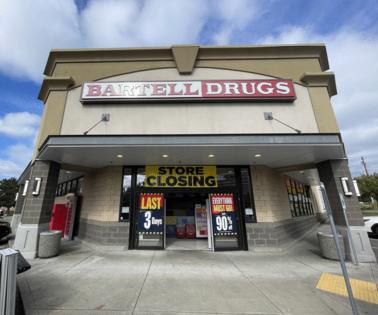
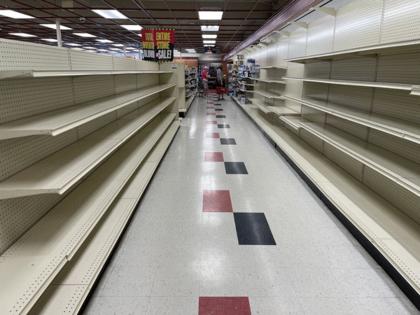
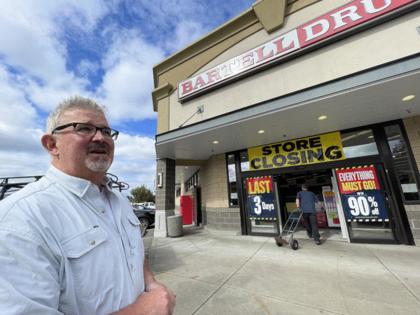
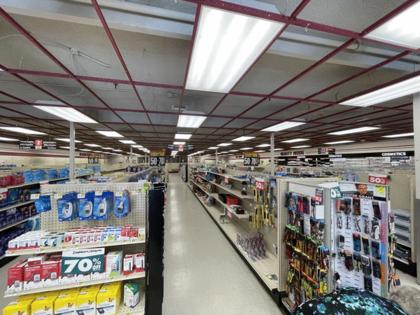
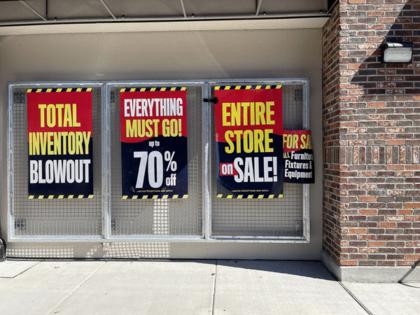







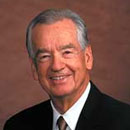



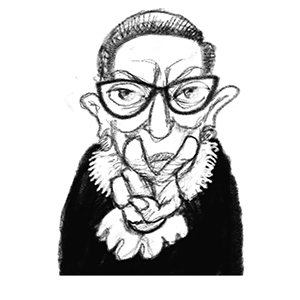

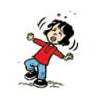

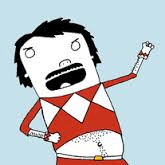
Comments